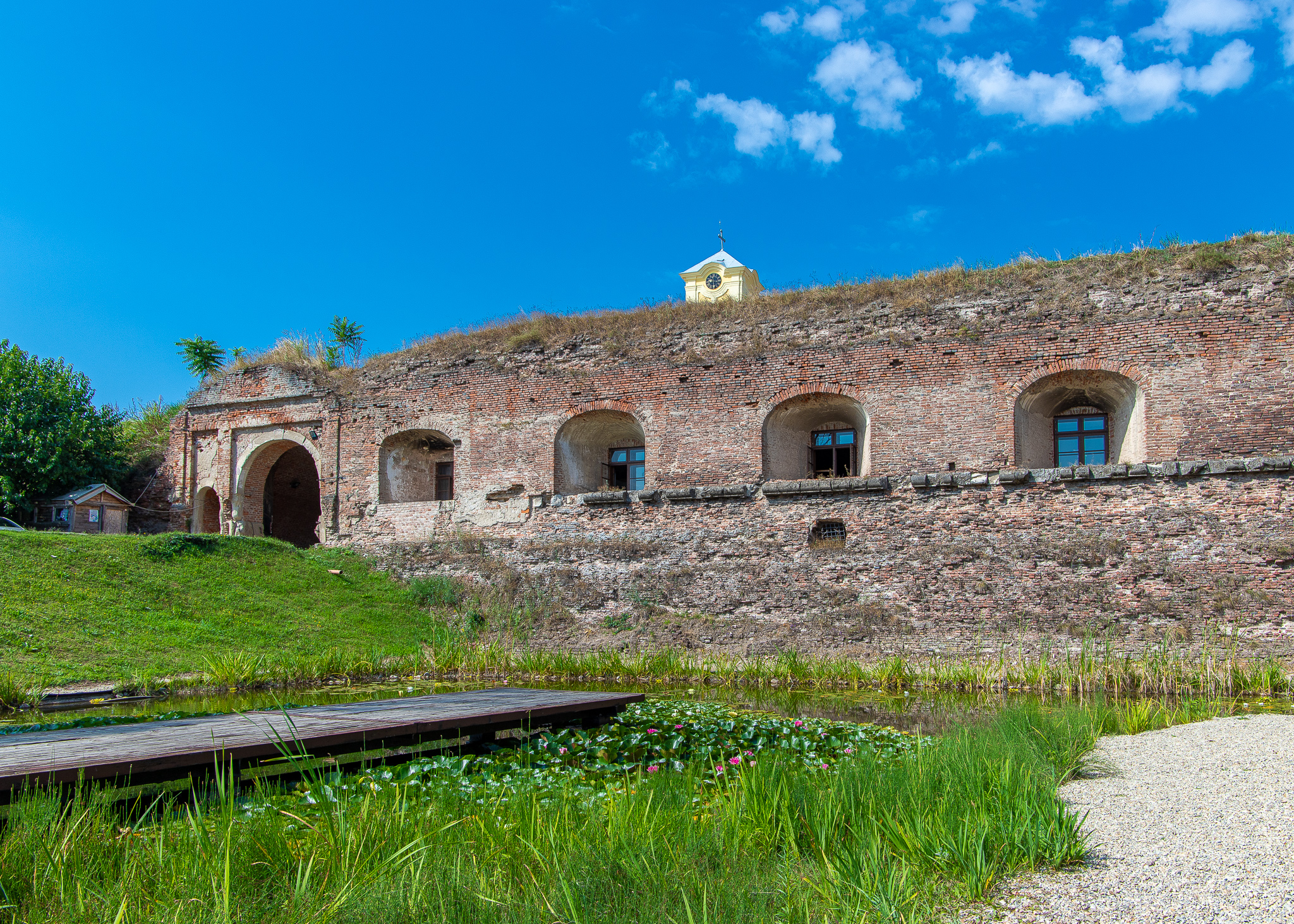We’re really hitting our Kontiki straps now. Two days in our last city in Hungary, Debrercen, is followed up with three in Orada, our first city in Romania. The rain makes two days in Debrecen, more than enough, whilst the sun, suprerb accommodation and some new found friends make three days in Oradea nowhere near enough.
Hungary’s second largest city, Debrecen, has actually been the capital city of the country on two brief occasions - the first during the 1848-49 revolution and the second at the end of World War II. Today, there’s not a whole heap going on for tourists, but it’s still a pleasant enought town with the Reformed Great Church being its main attraction.
Unlike most of Hungary, which has a Catholic majority, Debrecen’s predominant religion is Calvinism and its main church is often seen as the symbol of Protestantism in Hungary and a reason why Debrecen is sometimes referred to as “the Cavlinist Rome”.
Reformed Great Church of Debrecen
Inside is supposed to be pretty nice and probably would’ve served as a great refuge when the rains came, but instead we, or at least the kids, made good used of the artwork standing outside promoting the city.
E is for Emmy
D is for Annabelle (OK, the D is supposed to represent an A, but Debrecen couldn’t get its spelling right for us)
Our visit to Debrecen was only ever intended as a stopping off point to break up an otherwise longer journey. And with rain killing of our sightseeing opportunities, we instead spent our time catching up on some much needed schooling and planning our next few days in what will be our eleventh country on this trip, Romania.
As seems to be increasingly the norm with our trip, getting to our next destination proved not to be as straight forward as it should be. Strangely, Hungary’s second largest city had no direct bus connection to a city located just 10 kilometres over the border and only 85 kilometres away. So instead we had no option but to take the train, which first goes 50 kilometres in the wrong direction, before making its way back again and turning the entire journey 4 hours. It would’ve been quicker had we not moved out of the Schengen Area once we left Hungary, which as resulte required police/border control officers to come through the train and take all foreigner’s passports off them to check against god only knows what before returning them to us with a new stamp. This all to be repeated on to other side of the border, when we entered Romania. First world problems, I know, but why is it that border police have to be manned by dour imbeciles that seem intent on delaying people as long as possible beyond what really is required?
Rant over, we finally arrived in Oradea and couldn’t have scored ourselves better accommodation had we tried for 100 years. Separate rooms for uninterrupted sleeping. Check. Swimming pool for kids’ entertainment. Check. Amazing hosts who ply us with alcohol, food and unparalleled hospitality (second only to that received in London of course!). Check. And best of all, outgoing nine year old daughter of our hosts who loves dancing, speaks perfect English and becomes the girls’ best friend for the next three days. Check.
Emmy and “Jimmy” the noodle
While we would’ve been perfectly content simply whiling away the time at our accommodation, Oradea also serves up a super cute city just waiting to be explored. We started off at Oradea Fortress passing by Catedrala Episcopala Invierea Domnului (which translates to the Episcopal Resurrection of the Lord Cathedral or something similar), on the way.
Catedrala Episcopala Invierea Domnului
The fortress itself is regarded as the best kept Italian renaissance fortress of central Europe. King Ladislas I of Hungary, who was buried in the courtyard of the Cathedral in 1095 AD, originally built the fortress as a fortified monastery dedicated to the Virgin Mary. From 1097 AD to 1557 AD it became firmly established as an important religious and cultural centre while also serving as residence of the Roman Catholic Bishop of Oradea.
It was during this period (specifically between 1464 and 1667) that the Fortress (known as Varadinum at the time), was established as a prime meridian by the Austrian astronomer, physist and mathmatician Georg von Peuerbach. Whilst this was only one contender (albeit not a particularly well known one) for the arbitrary line that is used to assist navigators in knowing their position east or west of a base line, it does provide the Fortress with some additional historical notereity.
Fortifications were constantly added since its founding, but it wasn’t until 1570 AD that Italian architects shaped it to its current format. The five defense towers that were built provide the Fortress with its unique pentagonal shape and the thickened stone walls and surrounding moat also made sure that it was able to play a vital role in the battles with the Austrians, Hungarians and Turks during the 16th and 17th centuries.
Eastern Gate and the two buildings annexed to it, the Guard building and the Stables
The Red Bastion
Its not until you walk around the Fortress’ walls via the Dendrologic Park, that you get a good feel for its massive size, which is well over 150,000 square metres. The pleasant park also shows some of the other buildings that whilst not of the same era, have definitely seen better days.
Surrounding houses next to the Fortress
While we were visiting, the only battles we experienced were those with our kids, who definitely were more interested in returning to the swimming pool attraction than looking at yet another castle/fortress. Knowing a lost cause when we saw one, we admitted defeat, raised the white flag and retreated back to the safety of our accommodation to regroup for another day.
Emmy searching for the Prime Meridian









